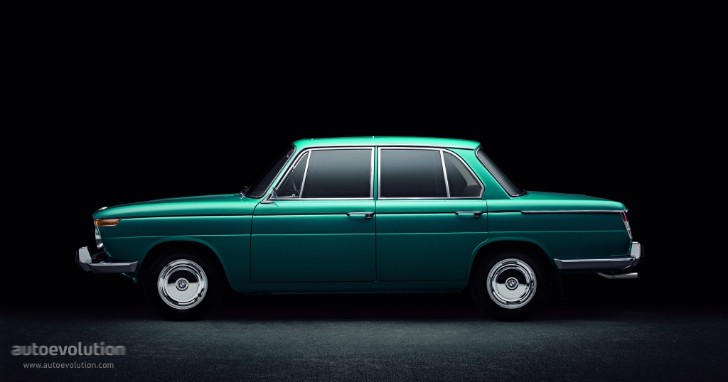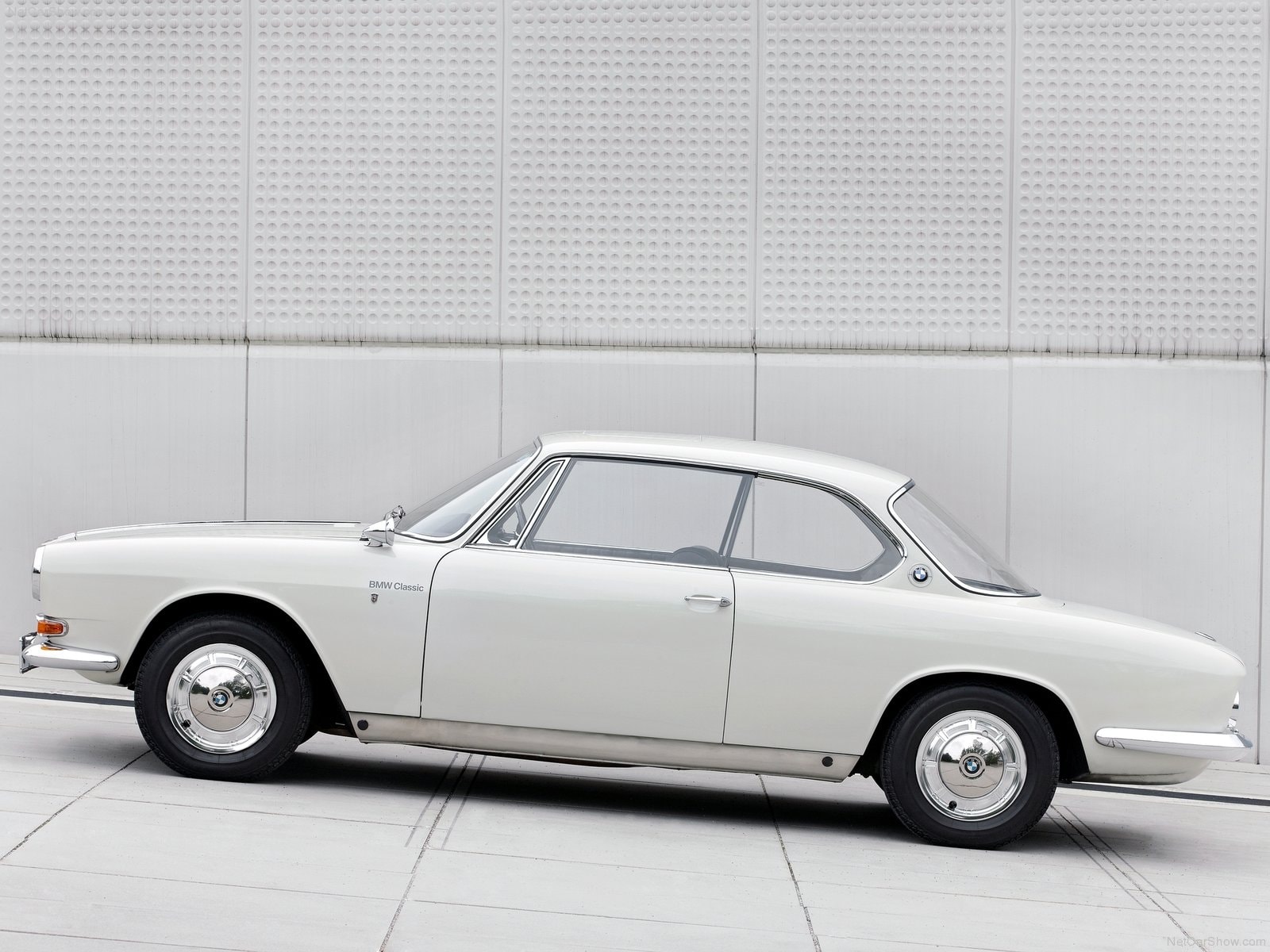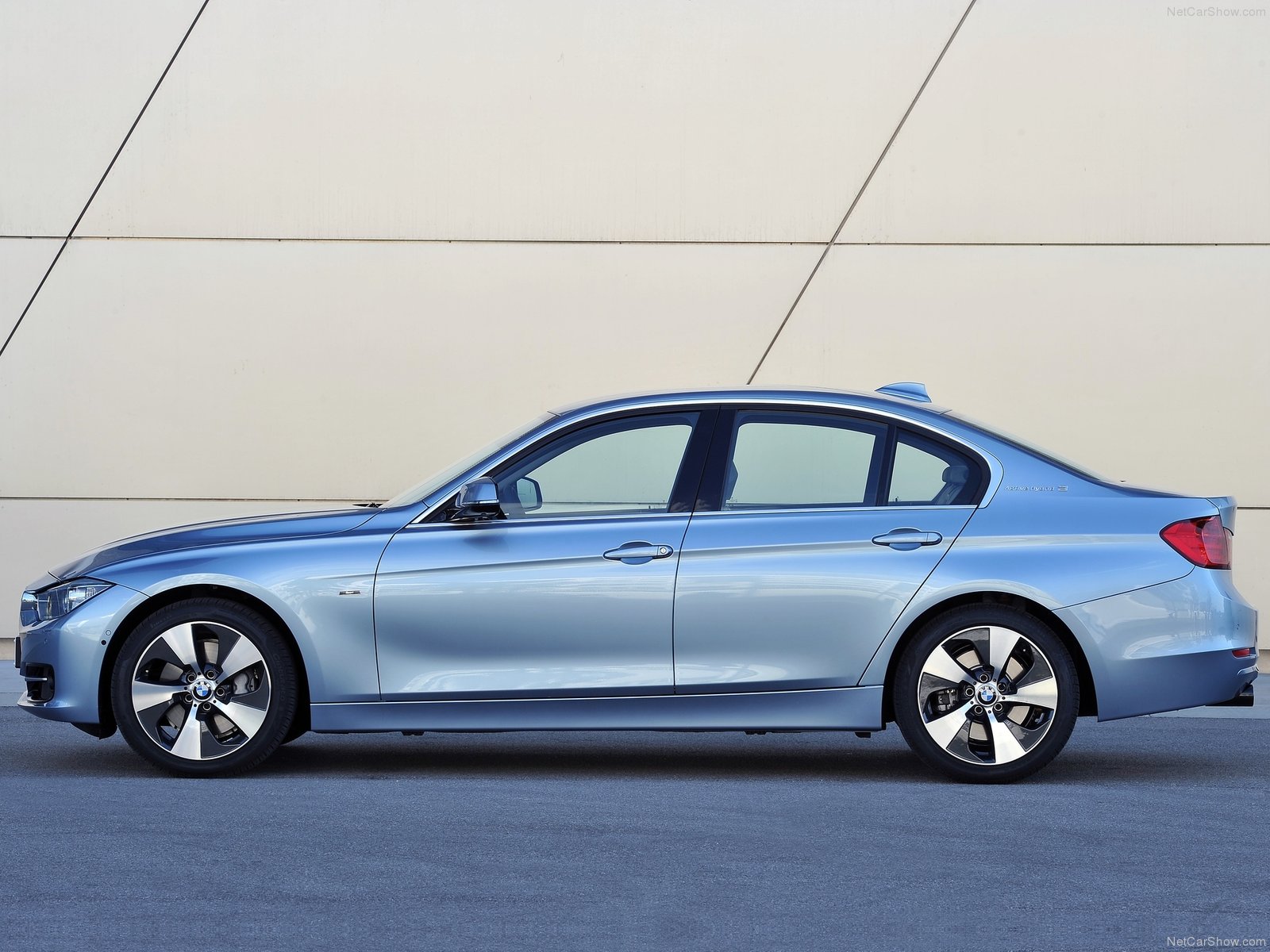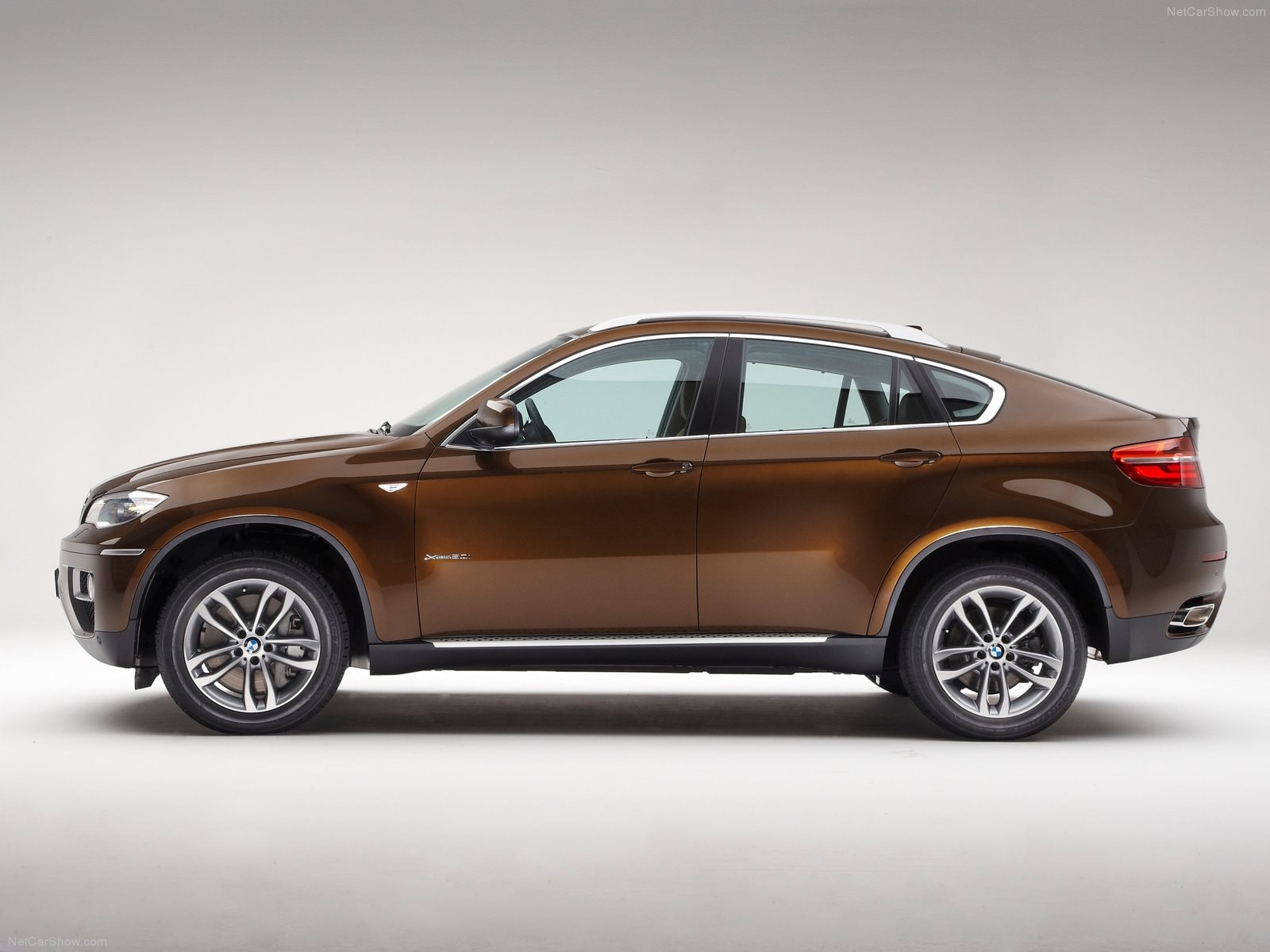Think about a BMW. Just visualize it in your head. It’s probably an E46 3 Series or an E39 5er, two of the most recognizable cars the Bavarian company ever made. Now try to describe it, starting with the front fascia. The one thing over 90 percent of people will start with is the kidney grille. That means the engineers from Munich managed to create a trademark feature that people easily associate with their products.
However, it’s not only the front kidney grille that strikes you when you’re looking at a BMW or trying to describe one. The cars developed by the German company have many features that separate them from other brands.
One of these is the Hofmeister kink.
This signature element of design is less known than the front kidney grilles or the blue and white badge on the bonnet, yet it is at least as important as the ones that go before it. Unfortunately, even some of the BMW aficionados don’t know about the kink and how it became such an important element in the history of their favorite brand. Doing a simple internet search on the matter will return only one answer: the Hofmeister kink and the BMW brand depend on each other as much as any symbiotic organism you can think of.
Looking at its history, it’s pretty easy to see where the story began. Of course, someone named Hofmeister had to be involved in some way. The man that created this feature was Wilhelm Hofmeister, a man that held the Director of Design position at BMW between 1955 and 1970, a period that actually established the brand as we know it today.
After the Second World War, Europe and especially Germany, were going through tough times. The BMW company managed to survive during those desperate times by manufacturing pans and pots and putting aside the automotive industry for a while. It wasn’t because they didn’t want to build cars or motorcycles anymore; it was because the times were desperate and people were extremely poor and couldn’t afford to buy premium cars. However, after a while, the management of the BMW Group decided it was time to get back to creating what they really wanted and what really mattered, and stop making household Tupperware.
In 1959 things were going so bad for BMW that the company was nearly sold to Daimler-Benz, in an attempt to save it from bankruptcy (just imagine a world without BMWs to realize just how serious things were at the time). At the last moment, Herbert Quandt, a wealthy industrialist, was convinced to join in the effort of saving BMW and made a huge profit out of something that was viewed as a risky decision back then.
After Quandt joined the company things started to turn around. The cars to be produced after these events were the ones in the so-called “New Class”. They were created under the leadership of Fritz Fiedler, who realized that in order for BMW to be reborn, they needed a car in the 1.5 to 2-liter segment, to follow the success of such cars as the Borgward Isabella (a 1.5-liter 2-door sedan that was extremely popular).The Borgward was retired in 1962, leaving a whole segment open and out for the taking. BMW seized the opportunity and created the 1500.
This new car was revolutionary for its time. At its official release, in 1961, at the Frankfurt International Motor Show there were so many people trying to get a glimpse of the new model from BMW that you had to wait around half an hour just to look at it; and it was worth it.
Few cars had the impact the 1500 had. The technology available on that car was unbelievable for those times. It had a 1.5-liter 4-cylinder engine with 75 HP at 5,500 RPM, front strut suspension, front disk brakes a top speed of 150 km/h and, most important, a brand new design. It definetly wasn't as beautiful as the 3200 CS that was sitting next to it at the Motor Show, but its price tag and practicality made it the main attraction for the middle class Germans that were just recovering from the economic downturn.
When designing this new car, the BMW team sought the advice of Giovanni Michelotti, who also worked on the design of the 700. The end result was more of an Italian car than a German one. It had a spacious four-door body and its subtle and transparent design was an indicator that this shape will endure for a long time.
Another detail that made a debut with the 1500 and the 3200 CS was the transition from the C-Pillar to the Hofmeister innovation. In this shape the car’s body was no longer round but featured a ‘kink’, a counter curve that emphasized the outline of the rear window and the dynamic forward thrust of the vehicle and drew attention to another typical feature that defined BMWs: the rear-wheel drive.
Over the years, the Hofmeister kink lived on through every BMW model. After the ‘New Class’ models this small detail could be spotted on every 3 Series model that came after it (starting with the E21 3er and all the way up to the F30), on every 5 Series model (from the 1972 E12 up to the current day F10), on every 6 Series and so on.
Ever since the ‘kink’ was introduced by BMW, many other manufacturers tried to reinvent it and give it a different shape and all of their endeavors ended up copying it one way or another. This design element became synonymous with premium quality and luxurious cars over time, and most manufacturers use it on cars that they consider to be somewhat “high-end”. For example, you won’t find the ‘kink’ on a Golf from Volkswagen but you will find it on a higher-spec Passat.
On the other hand, arch-rivals of BMW, like Mercedes-Benz and Audi are less likely to use such a feature, even on their best cars. By doing so they emphasize the fact that they have their own characteristic designs and do not need to use one from their main rival. At the same time, Asian manufacturers like Honda, Kia and Hyundai used the BMW trademark feature on every model they considered premium (like the Accord). The Hofmeister kink is also used on SUVs only that in this case you’ll see it near the D-Pillar, instead of the C-Pillar but it will have the same distinct appearance as always, as you can see on the X6, and X5.
With a history of over 50 years, the Hofmeister kink can still be seen on recent and even future cars, like the X4 and the 4 Series Coupe. Actually, the latter will even feature it in a more ‘special’ way. The designers decided it was time to usher the ‘kink’ into a new era and if you look carefully at the features of the 4er, you’ll notice the trademark character line has been repositioned. The ‘reverse 7’ everyone noticed on the front fender of the new 3 Series GT and 4 Series Concept is actually a flipped over Hofmeister kink, making yet another statement as to the importance of this rather legendary character line.
One of these is the Hofmeister kink.
This signature element of design is less known than the front kidney grilles or the blue and white badge on the bonnet, yet it is at least as important as the ones that go before it. Unfortunately, even some of the BMW aficionados don’t know about the kink and how it became such an important element in the history of their favorite brand. Doing a simple internet search on the matter will return only one answer: the Hofmeister kink and the BMW brand depend on each other as much as any symbiotic organism you can think of.
Looking at its history, it’s pretty easy to see where the story began. Of course, someone named Hofmeister had to be involved in some way. The man that created this feature was Wilhelm Hofmeister, a man that held the Director of Design position at BMW between 1955 and 1970, a period that actually established the brand as we know it today.
After the Second World War, Europe and especially Germany, were going through tough times. The BMW company managed to survive during those desperate times by manufacturing pans and pots and putting aside the automotive industry for a while. It wasn’t because they didn’t want to build cars or motorcycles anymore; it was because the times were desperate and people were extremely poor and couldn’t afford to buy premium cars. However, after a while, the management of the BMW Group decided it was time to get back to creating what they really wanted and what really mattered, and stop making household Tupperware.
In 1959 things were going so bad for BMW that the company was nearly sold to Daimler-Benz, in an attempt to save it from bankruptcy (just imagine a world without BMWs to realize just how serious things were at the time). At the last moment, Herbert Quandt, a wealthy industrialist, was convinced to join in the effort of saving BMW and made a huge profit out of something that was viewed as a risky decision back then.
After Quandt joined the company things started to turn around. The cars to be produced after these events were the ones in the so-called “New Class”. They were created under the leadership of Fritz Fiedler, who realized that in order for BMW to be reborn, they needed a car in the 1.5 to 2-liter segment, to follow the success of such cars as the Borgward Isabella (a 1.5-liter 2-door sedan that was extremely popular).The Borgward was retired in 1962, leaving a whole segment open and out for the taking. BMW seized the opportunity and created the 1500.
This new car was revolutionary for its time. At its official release, in 1961, at the Frankfurt International Motor Show there were so many people trying to get a glimpse of the new model from BMW that you had to wait around half an hour just to look at it; and it was worth it.
Few cars had the impact the 1500 had. The technology available on that car was unbelievable for those times. It had a 1.5-liter 4-cylinder engine with 75 HP at 5,500 RPM, front strut suspension, front disk brakes a top speed of 150 km/h and, most important, a brand new design. It definetly wasn't as beautiful as the 3200 CS that was sitting next to it at the Motor Show, but its price tag and practicality made it the main attraction for the middle class Germans that were just recovering from the economic downturn.
When designing this new car, the BMW team sought the advice of Giovanni Michelotti, who also worked on the design of the 700. The end result was more of an Italian car than a German one. It had a spacious four-door body and its subtle and transparent design was an indicator that this shape will endure for a long time.
Another detail that made a debut with the 1500 and the 3200 CS was the transition from the C-Pillar to the Hofmeister innovation. In this shape the car’s body was no longer round but featured a ‘kink’, a counter curve that emphasized the outline of the rear window and the dynamic forward thrust of the vehicle and drew attention to another typical feature that defined BMWs: the rear-wheel drive.
Over the years, the Hofmeister kink lived on through every BMW model. After the ‘New Class’ models this small detail could be spotted on every 3 Series model that came after it (starting with the E21 3er and all the way up to the F30), on every 5 Series model (from the 1972 E12 up to the current day F10), on every 6 Series and so on.
Ever since the ‘kink’ was introduced by BMW, many other manufacturers tried to reinvent it and give it a different shape and all of their endeavors ended up copying it one way or another. This design element became synonymous with premium quality and luxurious cars over time, and most manufacturers use it on cars that they consider to be somewhat “high-end”. For example, you won’t find the ‘kink’ on a Golf from Volkswagen but you will find it on a higher-spec Passat.
On the other hand, arch-rivals of BMW, like Mercedes-Benz and Audi are less likely to use such a feature, even on their best cars. By doing so they emphasize the fact that they have their own characteristic designs and do not need to use one from their main rival. At the same time, Asian manufacturers like Honda, Kia and Hyundai used the BMW trademark feature on every model they considered premium (like the Accord). The Hofmeister kink is also used on SUVs only that in this case you’ll see it near the D-Pillar, instead of the C-Pillar but it will have the same distinct appearance as always, as you can see on the X6, and X5.
With a history of over 50 years, the Hofmeister kink can still be seen on recent and even future cars, like the X4 and the 4 Series Coupe. Actually, the latter will even feature it in a more ‘special’ way. The designers decided it was time to usher the ‘kink’ into a new era and if you look carefully at the features of the 4er, you’ll notice the trademark character line has been repositioned. The ‘reverse 7’ everyone noticed on the front fender of the new 3 Series GT and 4 Series Concept is actually a flipped over Hofmeister kink, making yet another statement as to the importance of this rather legendary character line.












